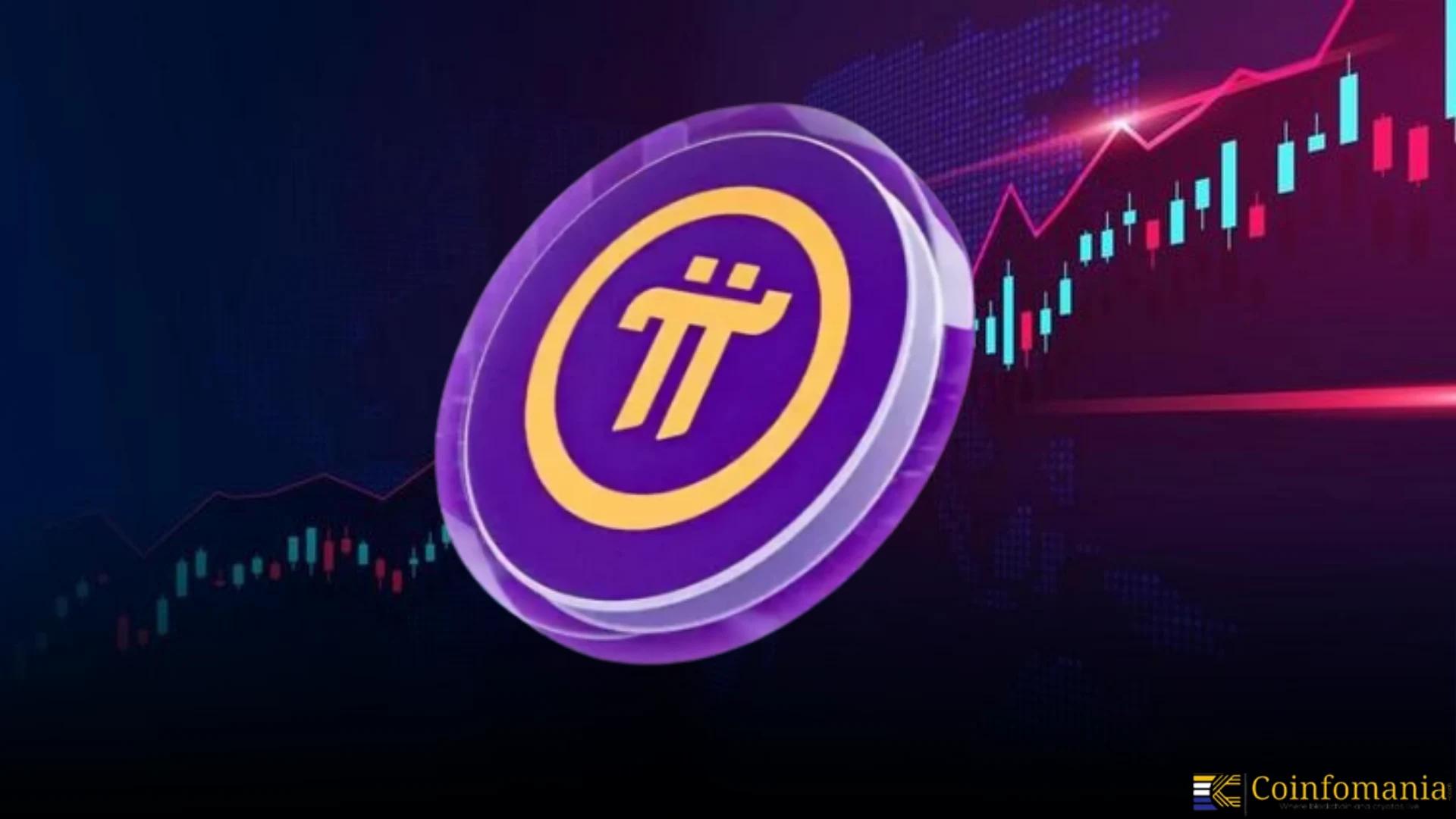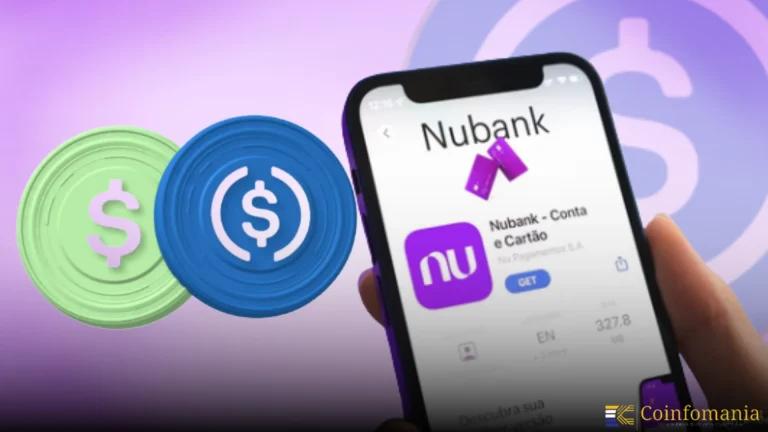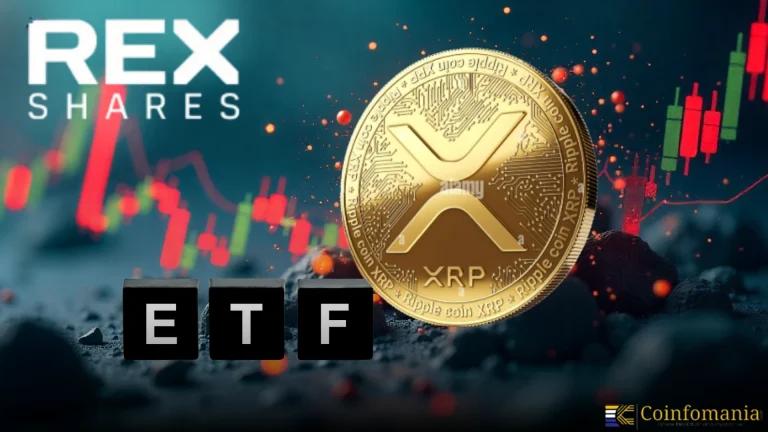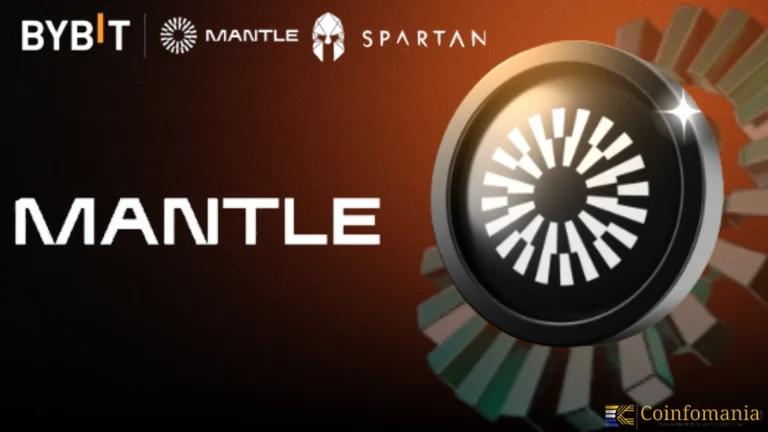Pi Network’s Centralized Model Sparks Fresh Debate Amid Market Rally
Pi Network’s centralization sparked heated debate this week, as critics called its decentralization goals unrealistic amid rising market momentum.

Quick Take
Summary is AI generated, newsroom reviewed.
Community voices claim Pi Network was designed to maintain Core Team control, not full decentralization.
Supporters push back, urging patience as mainnet development continues.
Debate heats up as Pi trades near $0.47, with volume surging over 25% in 24 hours.
A fresh wave of community debate hit Pi Network after users questioned whether the platform can ever truly become decentralized. The trigger came from a viral post claiming Pi’s architecture was never meant to hand power to the people. While market volume rose and symbolic transfers caught attention, the platform’s governance structure became the real center of gravity.
Community Debate Sparks Decentralization Concerns
On July 12, the account @pinetworkmember posted a blunt assessment: “The project will never be decentralized.” The user accused the Pi Core Team (CT) of designing the ecosystem to retain total control, from nodes and apps to the backend infrastructure. They even suggested Stellar was chosen as the underlying blockchain for its compatibility with centralized oversight.
The Times of PiNetwork responded with a more balanced view. While they acknowledged that Pi is moving slowly and remains tightly held, they cautioned against writing it off entirely. “Keep your eyes open,” the post warned, reflecting a mix of cautious hope and frustration within the Pi community.
Pi’s Decentralization Dream vs. Today’s Reality
Pi Network started to create a decentralized, mobile-first digital currency accessible to everyday users. Co-founder Nicolas Kokkalis frequently spoke of user-friendly mining, open governance, and a peer-to-peer economy.
In theory, this vision should have culminated in full mainnet decentralization and DAO led governance. In practice, however, users still face delays, unclear roadmaps, and heavy centralization in node deployment. The current Open Mainnet phase remains invite-only, with the ecosystem still under the control of the Pi Core Team.
How Pi Stacks Up Against Bitcoin in a Bullish Market
Some users compared Pi’s direction to Bitcoin’s original ethos. Bitcoin’s transparent, trustless architecture is a far cry from Pi’s opaque governance model. Analyst Axel Adler pointed to Bitcoin’s historic July performance, positive returns in 10 of the last 14 years. BTC remains the market’s dominant force, with 62.4% market share and $3.75T in total market cap.
Chart – Pi Network on July 12, 2025, highlighted by Coinmarketcap
In contrast, Pi Network’s current market cap stands at $3.61B. Price hovered around $0.47, with a 25% jump in volume, but users remain skeptical of its long-term trust factor.
Missing Decentralization: Tech and Governance Gaps
Several concerns about Pi Network’s governance continue to fuel criticism. Many users point to centralized node validation as a major flaw. They are arguing that it limits true network autonomy. The absence of a DAO or any formalized community governance means users have little to no say in how the ecosystem evolves.
Critics also highlight the Pi Core Team’s limited communication. That leaves many users in the dark and breeds mistrust. While symbolic 3.14 PI transfers and whale withdrawals grab attention, the deeper concern is clear: users are questioning who controls the project and where it’s headed.
What’s Next for Pi and Its Community?
Pi Network has yet to fully respond to the criticism. As of now, there are no new governance proposals, public townhalls, or community decision-making processes. The community appears split. Some still believe decentralization will come with time. Others fear it may be too late. As Pi trades momentum for clarity, only time will tell if the project can evolve beyond its centralized roots or remain locked in them.
References
Follow us on Google News
Get the latest crypto insights and updates.
Related Posts

Nubank Expands Payments With Dollar-Pegged Stablecoins
Shilpa Patil
Author

REX-Osprey Spot XRP ETF Goes Live Sept 12 in Landmark US Debut
Shweta Chakrawarty
Author

Spartan Group Moves $1.64M Mantle to Bybit After Two Months
Shweta Chakrawarty
Author